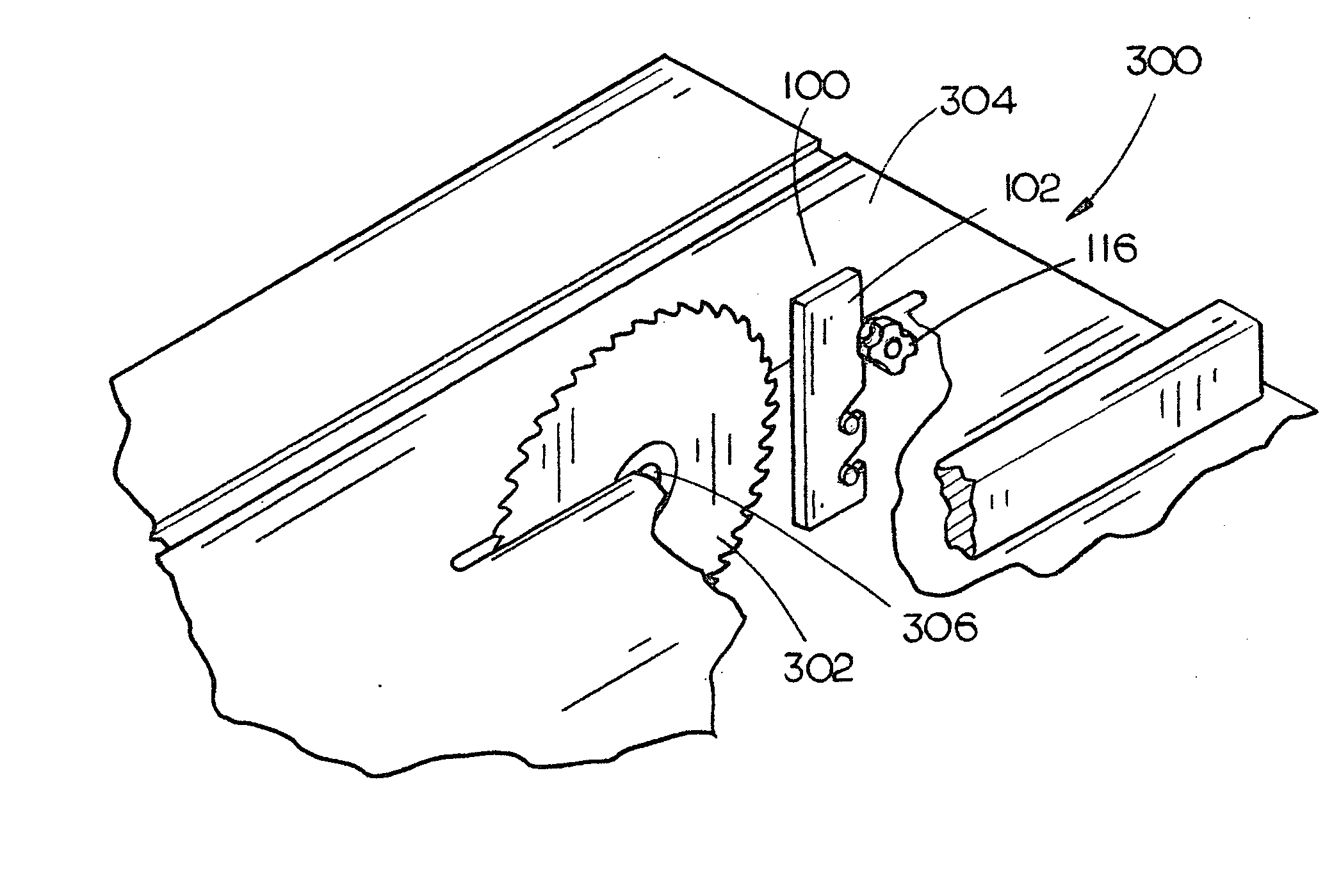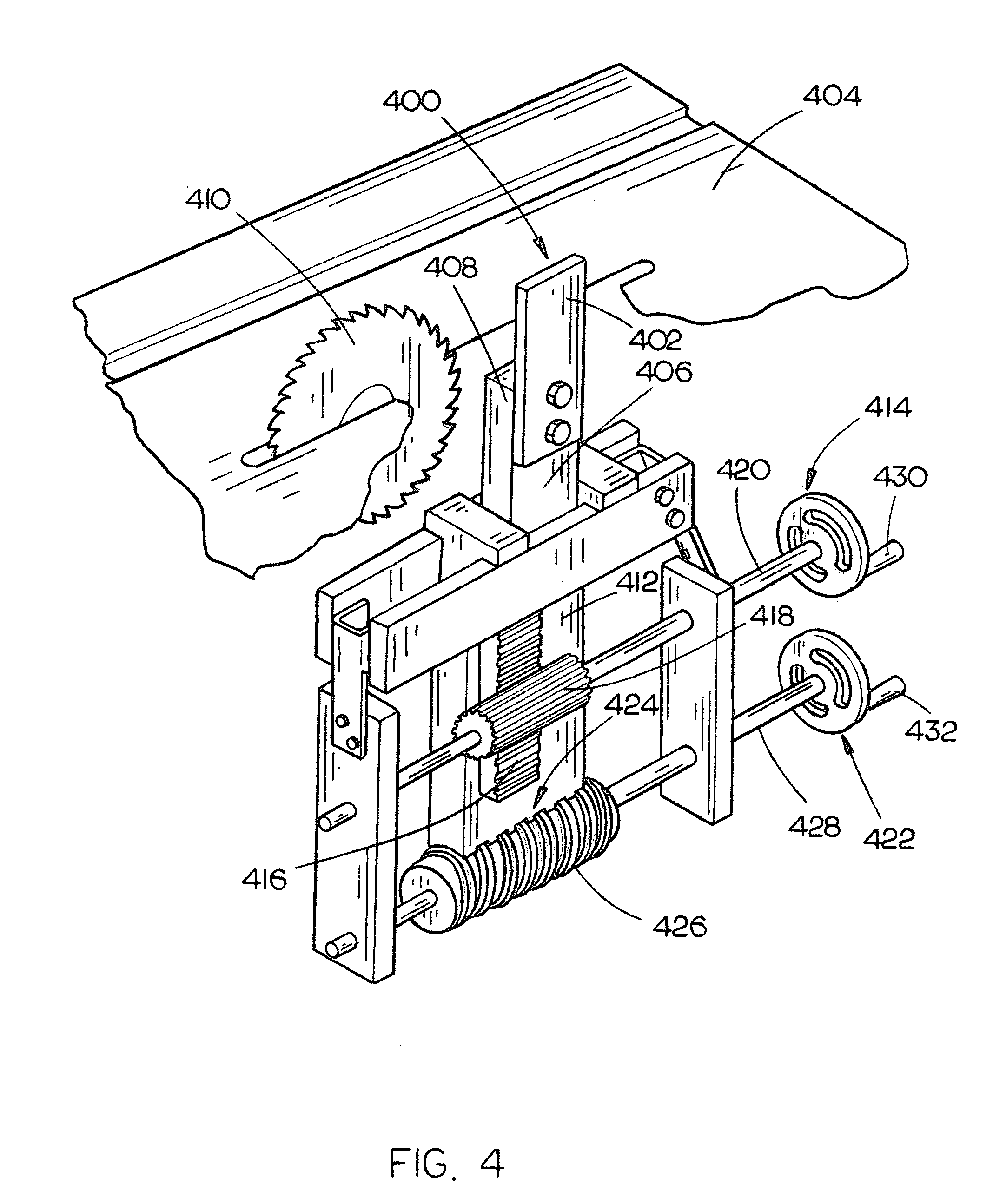Riving knife assembly
a technology of riving knives and assembly parts, which is applied in the field of riving knives, can solve the problems of reducing the variety of cuts that can be performed by the sawing device, affecting the production of riving knives, and affecting the quality of riving knives, so as to reduce the time spent establishing the blade of the riving knife, increase the production, and reduce the time spent establishing the blad
- Summary
- Abstract
- Description
- Claims
- Application Information
AI Technical Summary
Benefits of technology
Problems solved by technology
Method used
Image
Examples
Embodiment Construction
[0035] Reference will now be made in detail to the presently preferred embodiments of the invention, examples of which are illustrated in the accompanying drawings.
[0036] Referring generally now to FIGS. 1 through 15, exemplary embodiments of the present invention are shown. It is understood that riving knife assemblies are typically employed with saw assemblies, such as table saws. Many of these table saw assemblies include arbor assemblies which operationally couple a motor with a circular saw blade 302, the motor imparting an angular momentum to the circular saw blade 302 for the performance of a cutting functionality by the circular saw blade 302 upon a work piece. A plurality of teeth of the circular saw blade 302 engage with the work piece establishing a cutting interface at a first “leading” edge of the circular saw blade 302. The cutting interface of the saw blade 302 establishes a kerf in the work piece, that kerf enabling the work piece to continue past the sides of the s...
PUM
| Property | Measurement | Unit |
|---|---|---|
| friction | aaaaa | aaaaa |
| force | aaaaa | aaaaa |
| height | aaaaa | aaaaa |
Abstract
Description
Claims
Application Information
 Login to View More
Login to View More - R&D
- Intellectual Property
- Life Sciences
- Materials
- Tech Scout
- Unparalleled Data Quality
- Higher Quality Content
- 60% Fewer Hallucinations
Browse by: Latest US Patents, China's latest patents, Technical Efficacy Thesaurus, Application Domain, Technology Topic, Popular Technical Reports.
© 2025 PatSnap. All rights reserved.Legal|Privacy policy|Modern Slavery Act Transparency Statement|Sitemap|About US| Contact US: help@patsnap.com



